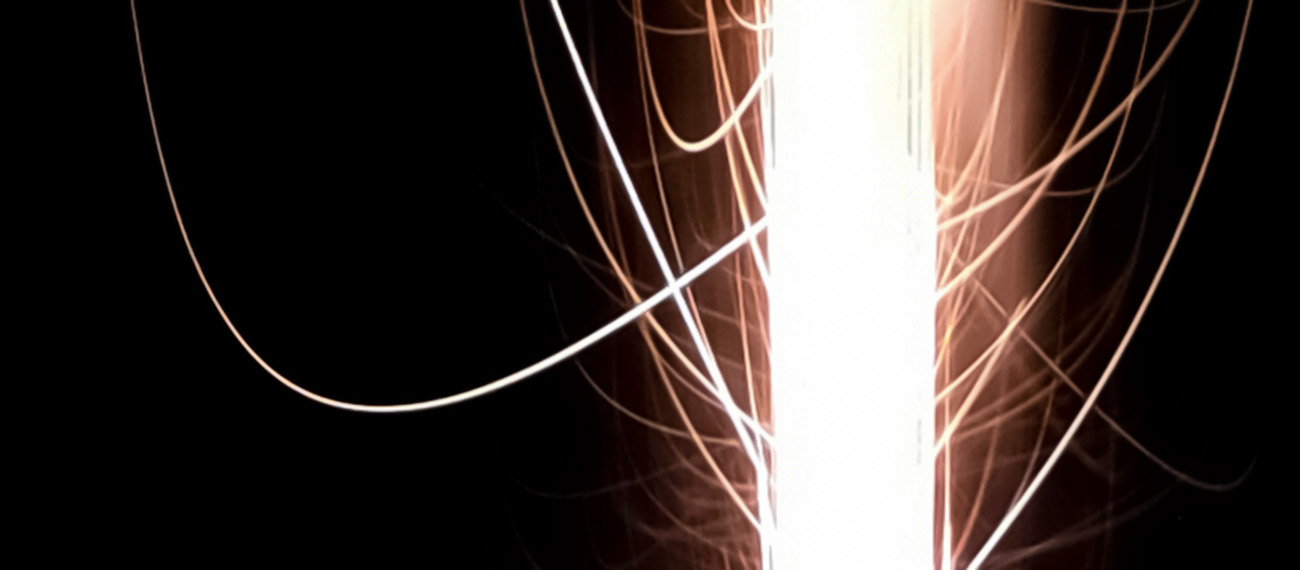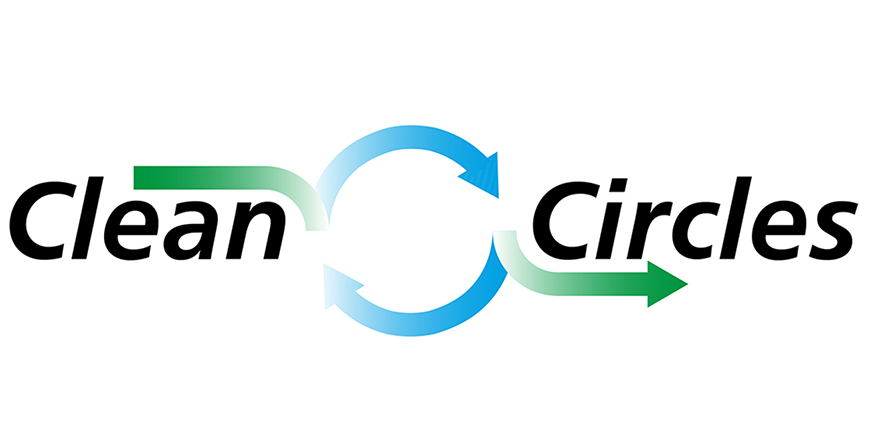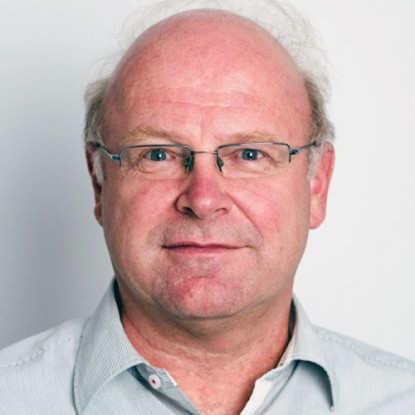Clean Circles

Oxidation Processes
Renewable Energy Release by Iron Oxidation
Research Area 2 focuses on the thermochemical oxidation in order to release renewable energy. This covers a wide range of scales, including the single particle, particle groups and complex flows.

Milestones
- Setup of a rough kinetic database for the heterogeneous oxidation from parameter studies
- Setup of a detailed kinetic database for the heterogeneous oxidation
- Comprehensive analysis of coupled transport and oxidation processes
- Complete all steps along the process chain up to a semi-technical scale
Combustion of iron vs. aluminium powder
In order to enable effective separation of the solid metal oxides, e.g. with conventional cyclones, the particle size must not change much during oxidation. In addition, metal leakage because of metal oxide nanoparticles must be avoided. Iron is the element of choice here.
Coordination of the research area
| Name | Contact | |
|---|---|---|

| Prof. Dr. Andreas Dreizler | dreizler@rsm.tu-... +49 6151 16-28920 |

| Prof. Dr.-Ing. Christian Hasse | hasse@stfs.tu-... +49 6151 16-24142 |
Projects in research area 2
Experimental investigation of particle clouds
Kinetic model
Laminar and turbulent flow
Fluidized bed
Thermo-chemical reduction/oxidation in fluidized beds (B. Epple)
Nanoparticle formation
Transport processes of microparticles
Laser-induced plasma spectroscopy (LIBS)
Hard X-ray studies
Numerical investigation
Numerical investigation of laminar and turbulent iron dust/air combustion (C. Hasse)
Mössbauer spectroscopy
Structure-property relationships (X-Ray Scattering)
Structure-property relationships of iron particles and its oxides (H. Nirschl)
Kinetic model (CFD simulations)
Detailed single particle model
DNS iron particle ignition in turbulent flow
Evaluation of iron particle combustion in shear-driven turbulence using carrier-phase DNS (O. Stein)
Combustion wave velocity and structure
Flame propagation under turbulence
Influence of turbulence on flame propagation in iron dust suspensions (N. Zarzalis)


